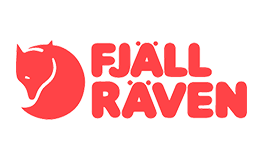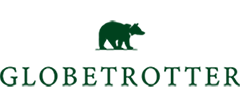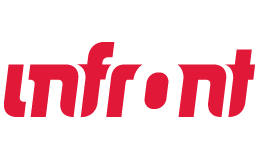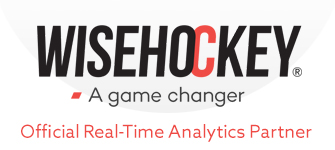Kölner Haie, DEL take historic lead in attendance study
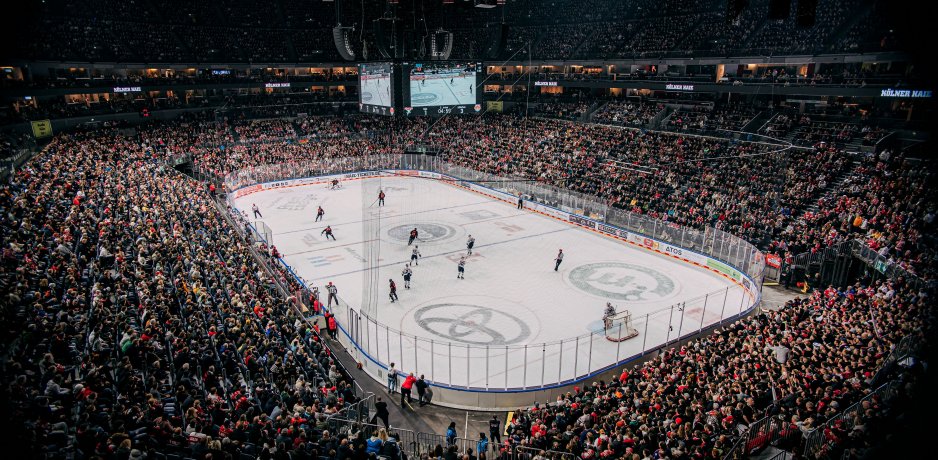
After years of dominance from Switzerland, first place in the annual European attendance study goes to Germany.
Cologne-based Kölner Haie set a new European attendance record (avg. 16,993) in the regular season and the German DEL had the highest average attendance of all European leagues, also setting a new Euro record.
Since 2002 Swiss club SC Bern had been leading the European clubs in attendance year after year while Switzerland’s National League had been leading the European leagues since 2013. No longer.
“We had an extremely high growth with more than 20 per cent,” said Gernot Tripcke, the Managing Director of the Deutsche Eishockey Liga. “German ice hockey has never got that much interest and attention. The success of the national team is also helping but in the end, the tickets have to be bought on-site.”
Even though Bern improved its numbers from 14,750 to 15,490 compared to last year it wasn’t enough for better than second place this time. Kölner Haie increased its attendance from 13,901 to 16,993 spectators on average. It’s the highest attendance by a European club ever surpassing Bern’s 16,399 in 2017.
Another German club comes third with Eisbären Berlin averaging 13,804 spectators. The last time another club than SC Bern ranked first was Kölner Haie back in 2001 with an attendance of 11,529. Now the “Sharks” have claimed back first place after 23 years.
The comprehensive and exclusive E.H.C. Alliance survey includes 389 European club teams and 32 European leagues, including six second-tier leagues.
Click here for the complete list.
In total 11 European clubs reached five-digit figures this season – a new record. In 2020 and 2023 eight clubs had an average attendance of over 10,000. Among the newer members of the five-digit circle is Sparta Prague. The team from the Czech capital has doubled its figures since 2015 and this season broke its own Extraliga attendance record with an average home gate of 11,586.
Of the top-10 teams, six used their arena capacity over 90 per cent while 13th-ranked Fribourg-Gottéron from Switzerland had each and every game sold out with 9,047 spectators.
Another record-setter was the Sheffield Steelers, ranked 18th, who averaged 7,636 fans – the highest number in the history of the UK’s Elite Ice Hockey League.*
The best newcomer was from France. The Marseille Spartiates were established only in 2012 after a new ice arena had opened in France’s second-largest city. They climbed the ladder and in their first season in the Ligue Magnus – the country’s top league – they averaged 4,033 spectators to enter Europe’s top 100 and claim first place at the national level.
With Köln’s rise, also the German DEL moved up to first place overtaking its Swiss neighbours as well as the Swedish Hockey League. The average attendance of 7,162 was an increase of 21.8 per cent compared to the previous season. It was the highest average attendance ever recorded by a European league. Switzerland’s National League came second with a modest increase of 1.8 per cent to 7,130 spectators, its highest figure ever.
Germany’s DEL was the second-highest attended ice hockey league worldwide only behind the National Hockey League with currently 17,452 spectators, led by the Montreal Canadiens with an average of 21,095. Four European leagues are ranked between the NHL and North America’s second league, the AHL, in attendance.
Almost all European top leagues enjoyed a significant increase in attendance, many of them even with double digits, both bigger leagues such as Germany’s but also smaller ones such as France’s Ligue Magnus (+19%) and Poland’s PHL (+40%).
Germany also won in a third category. The DEL2 was the best-attended second-tier league in Europe with an average of 3,154 spectators (+29%) overtaking Sweden’s HockeyAllsvenskan, which averaged 3,112 fans (+10%). The second-tier clubs with the best attendance were, however, two traditional clubs from Sweden who hope to move up again: Djurgården Stockholm (6,461) and Brynäs Gävle (6,442).
The attendance figures increased in Europe and also in North America’s major professional, junior and college leagues; not only European club hockey grew. The Asia League with the top Japanese and Korean club teams increased its average attendance by over 30 per cent to 1,150.
*NOTE: The British Elite Ice Hockey League (EIHL) concludes its regular season on 8 April so the EIHL’s league and clubs’ average will be adjusted with the final numbers.

